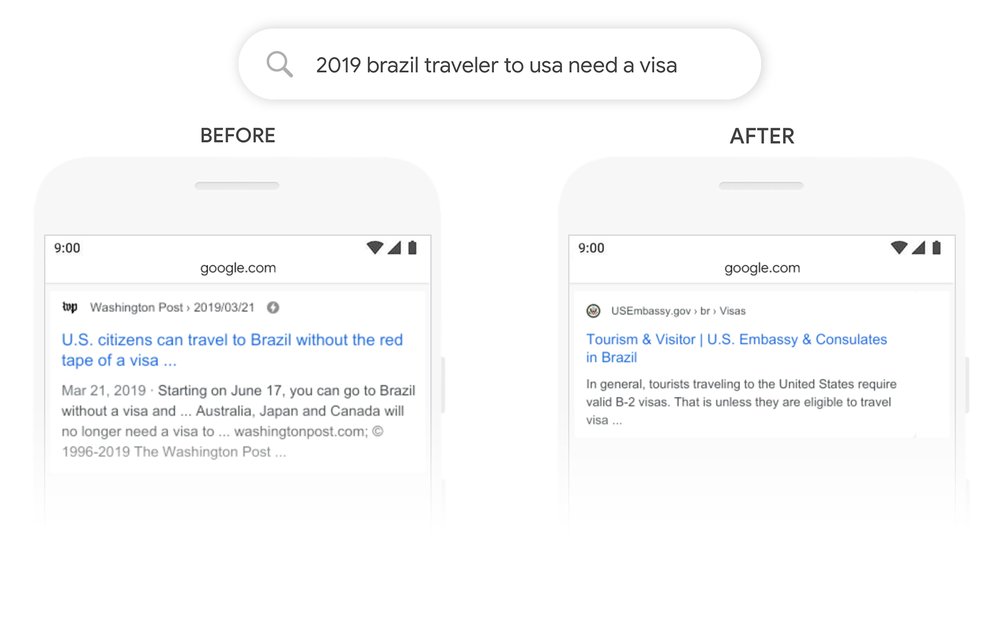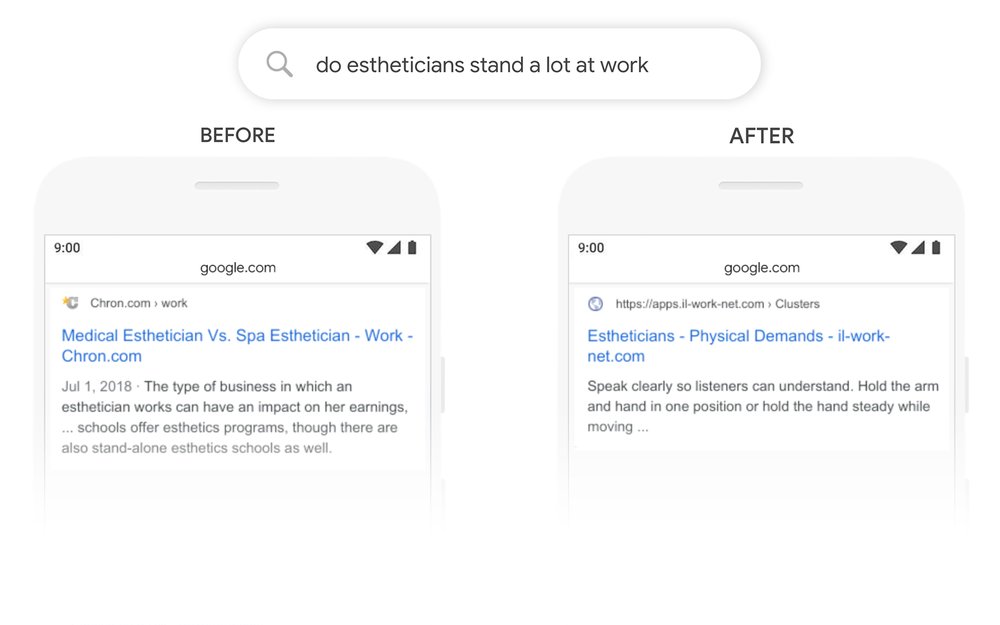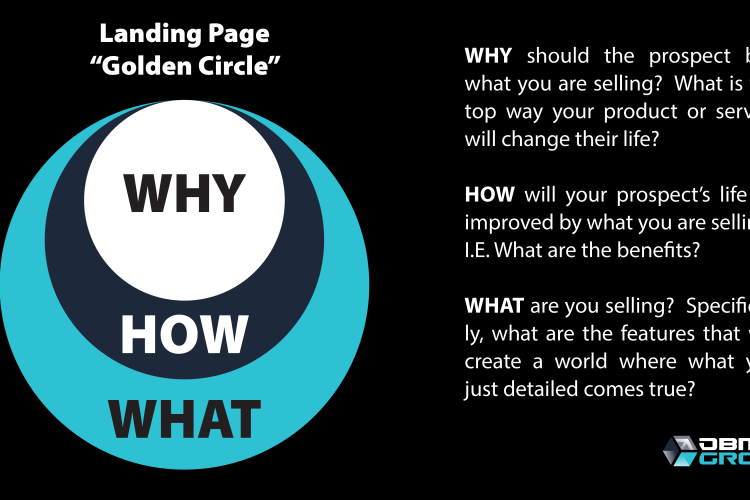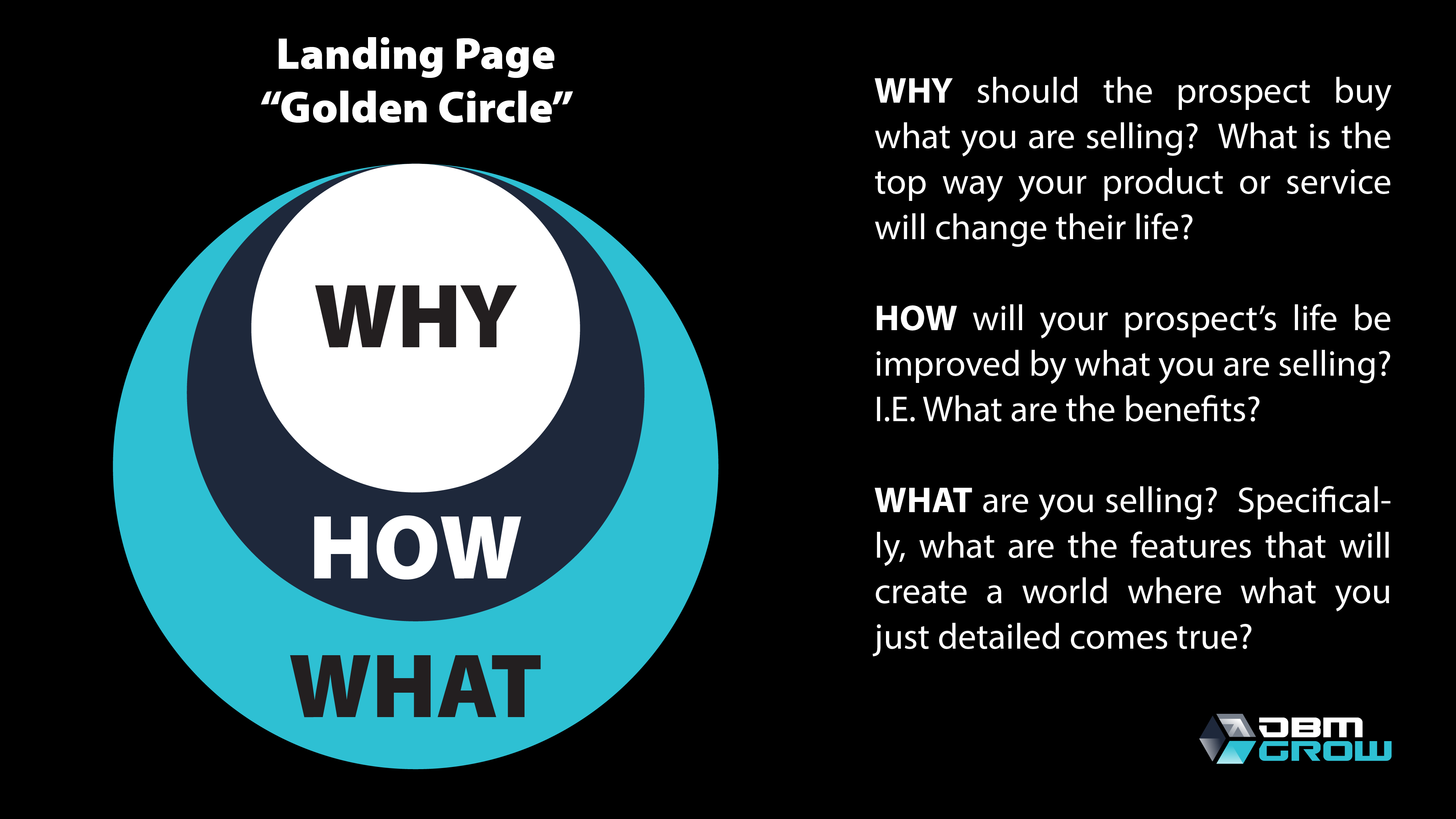 Your customers are the lifeline of your business. Now, more than ever, you have a great opportunity to support them. As major corporations send out their “here’s what we’re doing to protect you” messages (I’ve already received several from banks, hotels, and airlines), consider taking a different approach.
Your customers are the lifeline of your business. Now, more than ever, you have a great opportunity to support them. As major corporations send out their “here’s what we’re doing to protect you” messages (I’ve already received several from banks, hotels, and airlines), consider taking a different approach.
If you are in a position to HELP, offer to help. Each of us, as businesses and individuals, has different skill sets. Consider how you might be able to help your customers that have helped you and your business grow.
Offer whatever support you can to them, sending out a message about THEM and not about your business. The goodwill you create from an act such as this would be immeasurable.
Be safe out there. Wash your hands. Keep your distance. Help others.
“We need help!”
This is something we hear from prospective clients when we first start the engagement process. Companies turn to consultants once they realize that the skills inside their organization don’t fit the problem at hand.
What is the problem at hand?
- Achieve the goal!
- Get to the next level!
- Get over the hump!
We hear these nondescript phrases that all really mean the same thing.
“I know WHERE I want to go, but not HOW to get there.”
If you are feeling this way in your business, then here is a quick exercise to help better create a plan of “next steps” to get to where you want to go.
First, really define the WHERE you want to go. You may think you “know” what it is, but until you have written it out for somebody else to understand… You don’t really “know” it. A simple way to define your WHERE is to explain it to somebody not in your industry. Talk to a spouse, family member or friend and articulate WHERE you want to be in terms of:
- What does your revenue look like?
- Who are your employees and/or vendors? (hire and fire)
- What kind of clients do you serve?
- How will that change your day?
- What processes need to be in place?
- What automation needs to be in place?
Really get in there and layout what “over the hump” looks like. By explaining it to a somebody who isn’t in your industry, they will ask questions and force you to articulate items that someone in your industry may take for granted.
Next, start asking yourself: “Immediately before THAT, we have to complete ______.” Fill in the blank.
For example, you may decide that “over the hump” entails adding 10 new employees to your organization.
But, before you can add a 10th new employee you need to add a 9th… And an 8th… And so on…
In essence you are working backwards from your goal to your current state. But you do this not just for one aspect of your business. You do this for every aspect that you detailed in step one.
Finally, the outcome of this exercise is a list of your “next steps” – or a simple plan on what to tackle next in your business that you KNOW will lead you to your goal.
If this seem overwhelming, contact us… This is what we do!
A new year brings out grand plans and ideas on how to improve your business. Ways to “take it to the next level!”
Most business can define what “the next level” looks like, but they don’t know HOW to get there. Their failure isn’t in desire or lack of business know-how, but in the breakdown of what constitutes a “plan.”
Plan: a detailed proposal for doing or achieving something.
We see businesses that think they have a plan, but only really have an idea. Here are a couple tips on how to turn your idea into an action plan.
- Divide your idea into a timeline. Talking through the high-level steps from today to the idea’s fulfillment can help you divide the process into phases and then into smaller tasks.
- Take care of first things first. You don’t have to have every task for every phase decided at the beginning. Only break the first phase down into tasks.
- Keep pushing. If you aren’t meeting with your team weekly (or every-other week) to assess the progress, then the tasks will get lost in the sea of the grind.
- Tasks need an owner. If a task doesn’t have an owner, and a clear due date – they will get pushed back and not accomplished. If a task is too big to have a single owner; then it isn’t a task, but a phase or section and should be broken down further.
At DBM we enjoy helping business take their ideas and turn them into an actual plan. Reach out if you are stuck and need a plan.
Impeach. It tends to be viewed as an ugly word, and in this day/age/country, incredibly polarizing. But I want to take a step back from that polarization for a second and look at the most basic definition of the word.
If we consider the most basic definition, removing it from the political or legal nuances that we tend to attach it to, it becomes an incredibly valuable, albeit difficult, action that can be internally applied to a business.
There are mountains of data, both industry provided, and internally for your specific business, that deserve a certain level of scrutiny. One of the values DBM Grow brings to businesses is a the ability to analyze and scrutinize the “facts” and data that you assume to be true. Here are a couple of examples to better illustrate what we have done, and perhaps what you should be doing internally with your business to maximize profit and see growth.
The first example, a client in the southwest with a robust marketing budget and a lack of understanding as to what those marketing dollars were actually doing for him. The client was spending thousands of dollars with local radio and television stations. And with each passing month, he would receive reports showing how many people had heard or seen his ads on tv, radio, and the stations respective websites. Growing frustrated by the thousands of dollars being spent and the seemingly small return on that money, DBM Grow took a look at what actually happened when a consumer saw or heard an ad. The end result was rather simple. The media stations were accurately reporting how many times our client was visible to the public, but they were providing no measurement as to how many people acted on those ads. Essentially, everybody was seeing the ads, but nobody was picking up the phone or visiting the clients website. The radio and TV stations were saying “look at all the people seeing your ad”, but upon closer scrutiny, those views and listeners didn’t create business.
A second scenario emerged for us with a client that employed us to generate leads for their business. Doing the job we were contracted to do, we built a campaign and drove traffic to a website on behalf of our clients, but several months into the process we were met with a complaint that “this isn’t working”. Knowing that there were plenty of leads coming in but there wasn’t an increase in business, somebody needed to be impeached, right?
Upon further scrutiny, it was discovered that a number of the leads generated weren’t being contacted or followed up at all. So, while the client spent money and we generated leads, the staff at this particular business was doing very little with the leads that were being provided. The end result was that DBM Grow built the client a nifty KPI dashboard to give them the ability to scrutinize staff and, “impeach” those that weren’t doing their job following up with leads.
In the end, no person, product or process is above impeachment. Challenging the credibility of the facts and people in your organization can lead you to positive change. In truth, it can also prove that you are doing things the right way and your employees are performing at a high standard.
If you’re looking for growth, challenge the status quo. Play devil’s advocate. Impeach. Scrutinize. And if you need an outside set of eyes to help you take a fresh look or you need a system built to keep a closer eye on those Key indicators, Contact DBM Grow…we’re always willing to take closer a look.
One of my favorite movies of all times is “What About Bob?” I think Bill Murray is extremely funny in this movie, and it has a great line: “I’m baby steppin’! I’m doing the work!”
The idea is that you can accomplish anything if you just put one foot in front of the other and move forward.
I believe that this is also true in business. You don’t have to have all your marketing campaigns fully developed on day 1 – you can baby step into them.
The baby step plan involves two items:
- Know where you want to go
- Know the next step you need to take
Notice, that this is different than the “spaghetti” model – “throw everything on the wall and see what sticks!” That model rarely works, and will cost you too much money.
As we are coming into the new year, my challenge to you is to forget the “spaghetti” model of business and start using the “baby steppin'” model.
As digital strategy consultants, one of the things we get asked to create on a regular basis are “landing pages.” If you aren’t familiar with the term – a “landing page” is a single web page where a marketing campaign will direct prospects to “sell” something. I put sell in quotes because sometimes what you are selling doesn’t involve money; for example, you may want the prospect to use their email address or phone number as currency to “buy” something from you.
So, what content should you put on a landing page?
If you Google “landing page” you will be overwhelmed with all the classes, tools and templates to help you create a “killer” landing page. But, unless your product fits EXACTLY with their example, you are still left trying to answer the question… “What content should I put on my landing page?”
The Golden Circle
If you have never watched Simon Sinek’s “Golden Circle” Ted Talk… Stop what you are doing and watch this right now:
Now, I know what you are thinking… “How does the Golden Circle apply to landing pages?”
Landing Page Golden Circle
WHY should the prospect buy what you are selling? What is the top way your product or service will change their life?
HOW will your prospect’s life be improved by what you are selling? I.E. What are the benefits?
WHAT are you selling? Specifically, what are the features that will create a world where what you just detailed comes true?
If you follow this simple landing page content formula, your landing pages will be easier to create and contain all the content your prospect wants.
If need help creating a landing page – let us know.
Plain and simple…if you’re a Realtor, we should probably talk…because we’re looking for a few good men and women in the real estate industry.
Generating leads is one of the things that DBM Grow (formerly Direct Business Marketing) has done very well over the past decade. Originally cutting our teeth in the Real Estate industry, DBM Grow has been helping real estate agents and Realtors generate leads and close more transactions at an alarming rate.
With that in mind, answer these three questions to see if you’re the right fit to join our client list…
Are you a real estate agent looking for more listings?
Seems like a simple question with an obvious answer, but there are two million active real estate licenses in the United States. Let’s be honest and say that not all 2 million are looking for more business.
Do you have the time, energy, desire to work leads for a handful of minutes per day?
Some people just don’t have a good grip on their schedule. Some can’t time block well. Some don’t want to cold call prospects.
Do you have the budget to run a marketing program?
This is my LEAST favorite question, simply because the average agent doesn’t even THINK about a marketing budget. The next transaction closing determines how much they can spend.
So, honestly, we’re looking for a few good men and women… from one agent to a handful of agents in any given area. We don’t provide our seller leads to listings program to anybody who wants it. It’s successful for our clients. So, we’re not going to saturate any given market with our clients competing against our clients.
If you answered “YES” to the 3 questions above. Let’s talk. Here’s my calendar. You find a time that works for you. Calendly – Dustin Fickbohm
Google just released a new algorithm update called “BERT” – which stands for “Bidirectional Encoder Representations from Transformers.”
In this update Google is using “transformers” or words before/after another word that will change the overall intent of the phrase. Or as Google put it:
“This breakthrough was the result of Google research on transformers: models that process words in relation to all the other words in a sentence, rather than one-by-one in order. BERT models can therefore consider the full context of a word by looking at the words that come before and after it—particularly useful for understanding the intent behind search queries.” – Google Blog
Here are a couple examples that Google provided with their explanation.
Example 1:

Here’s a search for “2019 brazil traveler to usa need a visa.” The word “to” and its relationship to the other words in the query are particularly important to understanding the meaning. It’s about a Brazilian traveling to the U.S., and not the other way around. Previously, our algorithms wouldn’t understand the importance of this connection, and we returned results about U.S. citizens traveling to Brazil. With BERT, Search is able to grasp this nuance and know that the very common word “to” actually matters a lot here, and we can provide a much more relevant result for this query.
Example 2:

Let’s look at another query: “do estheticians stand a lot at work.” Previously, our systems were taking an approach of matching keywords, matching the term “stand-alone” in the result with the word “stand” in the query. But that isn’t the right use of the word “stand” in context. Our BERT models, on the other hand, understand that “stand” is related to the concept of the physical demands of a job, and displays a more useful response.
What does this mean?
Now I know what you are thinking… What does this mean? How will this change my ranking?
First, you should always be monitoring your ranking to see if there is any change.
Second, this change is going to affect mostly “sentence” or “long-tail” type searches. This should make you happy, as this change should help potential clients who are looking to BUY your services find you.
In a nut shell, if you create long form content that conveys the “intent” that your targeted user should have when visiting your site – you should come out on top.
Please contact us for more info on how it increase your SEO rankings.
As a business owners, you might find yourselves wearing a dozen different hats during any given day. You’ve got sales calls or customer service or employee management or marketing or brand management or product development or inventory control or any number of other things that need to be taken care of.
So, among those things, what is your most important asset? You could certainly make a case for your Brand or your products or your employees or your customers. Depending on your perspective at any given moment, each of those things could be categorized as your “MOST IMPORTANT” asset.
But I want to challenge you to think a bit more abstractly about this. While all of the things listed above are critical to your business, it’s important to consider another thing that business owners value immensely…
TIME
Your time is likely your most valuable asset. You have a finite amount of it. You can’t get more than 24 hours out of any day. But you CAN use your time more efficiently and effectively. And that’s one of the many ways that DBMGrow helps businesses and business owners.
Over the past decade, DBM Grow has worked with companies to automate the process of doing business. This has manifested itself in a number of ways. And, as a business owner who values time, I’d encourage you to reflect on these.
- Automating interactions via social media
- Creating templates and standards for employees, staff or colleagues to follow
- Standardizing processes and procedures for HOW you conduct business
- Automating lead follow-up processes
- Connecting multiple pieces of information and data to better understand your business and it’s bottom line
These are just a few examples. But hopefully they get you to look at what and how you are doing things on a daily basis. More importantly, where can you save time, effort and energy in automating or standardizing a process? What are some things that you MUST do in your business, but hate doing? What are things that need to be done, but they feel like a waste of YOUR time? What are the things that you avoid doing until the last minute? What are the things that frustrate you because of their monotonous, repetitive nature?
Those are great questions to ask yourself as you look at protecting your most valuable asset…your TIME.
One of my favorite business books is “The 4 Disciplines of Execution” or “4DX” for short. It lays out a specific technique for how you can achieve your business goals. If you haven’t read the book (or listened on Audible), I suggest you start today!
The 4DX steps are:
- Focus on the Widly Important
- Act on the Lead Measures
- Keep a Compelling Scoreboard
- Create a Cadence of Accountability
My goal isn’t to write a summary of the 4DX steps; I just want to focus in on steps #2 and #3.
Step 2 details how you should know your key performance indicators (KPI), and break them into two groups.
- Lag Measures – KPI that you can only measure after the sale
- Lead Measures – KPI that you can measure before the sale
Step 3 details how you should display your specific KPI (Lead and Lag) on a scoreboard for your entire organization.
But… How can you actually do that?
This is where most businesses give up. They either don’t know how to track the data, or they have lots of data but don’t know how to effectively “wrangle” it into a cohesive dashboard. DBM Grow can help you:
- Decide what data to track
- Build a data model and a platform to facilitate tracking
- Manage the roll out of KPI dashboard using analytic tools
Here are two affordable tools that we use to create KPI dashboards for our clients.
Klipfolio
In Klipfolio you make data widgets called “klips” and put klips together to form dashboards. Klipfolio connects to all major data sources, and is affordable ($70 – $570 / month). It does have a learning curve, but it doesn’t charge for different integrations. More about Klipfolio
Clicdata
Clicdata differs from Klipfolio in that you make each dashboard independent of the other dashboards. You don’t create widgets and place them, you build the dashboard as one complete unit. But, Clicdata is much more of a “drag and drop” kind of platform. Its learning curve is much smaller than Klipfolio, which usually means the time to create a couple dashboards is much shorter. It is similarly priced ($29 – $499 / month), but if you want to use a MySQL data connector you will need one of the more expensive packages. More about Clicdata
I Want One! Now What?
If you have a tech savvy person on your team, you can pull your data together and build your KPI dashboards yourself. Or, take advantage of our nerd team and contact us for a free consultation on what the best plan is for your situation.
Prepare to be amazed and inspired by the newest craze in marketing…Mirror Marketing. Truth be told, there are two mirrors within this wild new idea that should be explained and explored.
Actually, Mirror Marketing isn’t new at all. It’s been around since the beginning of time. I’ve just used a little bit of alliteration to slap a fancy name on it. Mirror Marketing is probably best explained with the common phrase “don’t reinvent the wheel”. The idea is simple really. Take a look around at the SUCCESSFUL people providing the same services or products as you and “mirror” what they’re doing.
Undoubtedly, there may be a learning curve to the process, but copying success isn’t a bad idea. A number of our clients exist in professional industry groups that share ideas and brainstorm about what is working for them and what has failed to meet expectations. If others in your industry are having success, take a closer look at them and “mirror” what they are doing. Are they waking up at 5am? Are them running radio ads during rush hour? Are they handing out flyers at carnivals?
The second mirror in this amazing marketing idea is the mirror that you use to shave or curl your hair or brush your teeth every morning. Before you ever decide to copy the success of someone else, you should take a good hard look in that mirror and decide if you have the ability, discipline, or financial means to copy that success.
We see this “shiny object syndrome” with clients and potential clients regularly.
“State Mutual Insurance Company is using the new XRB3700 Automatic Customer Acquisition Widget! We need to get that too!”
And off they go, chasing a TOOL that they can’t afford, don’t know how to use, or don’t have the discipline/process in place to use effectively. This is one of the consultative things that we help our clients with…deciding whether that shiny new tool is really meant for them. Ultimately, the client always decides, but having a third party to offer feedback never hurts.
So, there you have it! Mirror Marketing…the best idea you never had. Just remember, before you decide to mirror somebody else’s success, take a good look in the mirror and decide if this new endeavor genuinely fits your style, your business, or your needs.












